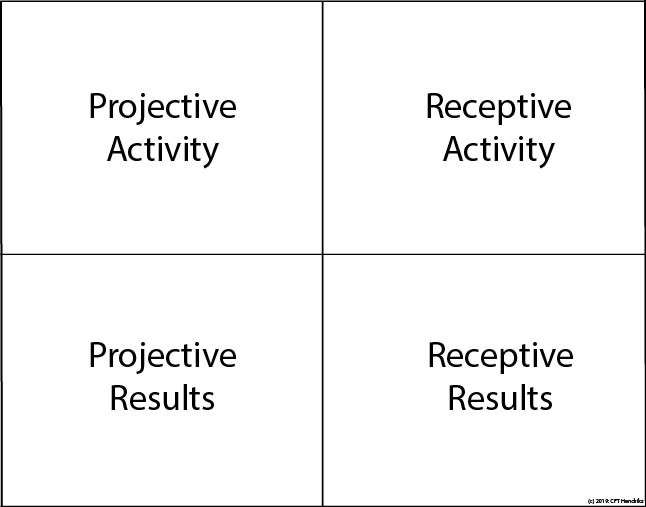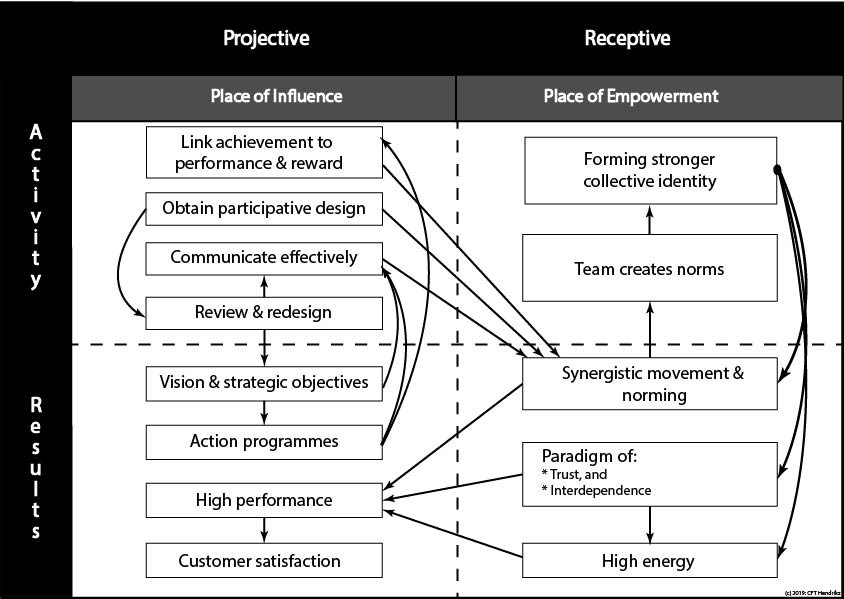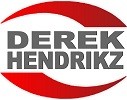The Orgtology Blog
Using the 4-Window Map (4WM) to resolve EOP problems
The 4-Window Map (4WM) is an orgamatics tool. I designed it in 2006 as a tool that can deal with complex problems in a simple way. Currently, Orgtologists use it to grasp and resolve organisational problems. In orgamatics, most organisational problems relate to EOP, which stands for Exposure, Opportunities, and Process. The post "The EOP Analysis – redefining how we understand organisations" explains EOP. It probes the risks, opportunities, dynamics, and efficiency of an organisation. The aim of an EOP is to define and grasp a current reality.
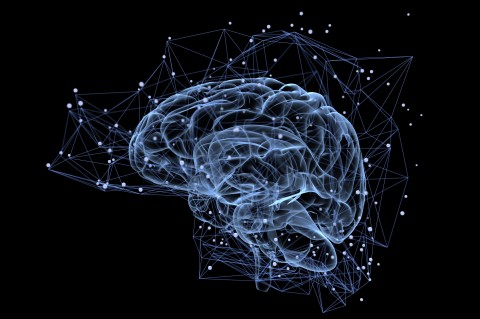
The EOP Analysis – redefining how we understand organisations
In this map we relate the projective and receptive parts of Org with activity and results. I explain this in the post; "Inverse duality – an orgtology perspective". Something projective is disruptive. It aims to create and manipulate change. In that, it will influence a status quo. The receptive parts of Org must maintain such a status quo. In that, a status quo is what Org perceives as order. It gives stability and makes sense of projective activity by creating a "truth". To human's "order" means truth. Receptive elements create our beliefs, which become our truths. This is not always a good thing. E.g., a person who loses his job, might accept a truth of despair and worthlessness. In this case his truth might become destructive to him. The only way to change that, would be to change the projective elements that moulds such a "truth".
Something projective will always need something receptive, and contrarywise. E.g., to stay relevant, we need strategy and to perform we must have operations. A strategy is projective because it disrupts. Its aim is to negotiate a favourable future for Org. Operations are receptive because it creates order. It must give certainty to the disruption that strategy brings. In turn, this certainty will craft an "order", which will become a "truth".
The 4WM also separates activity from results. An activity is a slice of consciousness, bounded by time. To simplify this – it is something that one does; and everything that we do has time boundary. In projective parts, activity is always non-repetitive, thus it is a project. In receptive parts, activity is always repetitive, thus it is a process. A result is something that happens because of activity. We do projects to create effect, which is an outcome. We use processes to produce outputs. Outcomes speak to effectiveness and outputs speak to efficiency. In so, the receptive parts of Org will always work towards reducing the effort needed for a result. Projective parts drive the relevance of results. Outputs and outcomes differ in a myriad of ways. I explain this in the post: "The difference between a target, an output, and an outcome."

The difference between a target, an output, and an outcome
The EOP Problem:
In the post "How to do an EOP Analysis", I pose a case study. It is about a survey that shows the following problems:
- Strategy was not participatively designed nor communicated properly.
- Strategy execution is not linked to performance assessment. Therefore, there is no incentive to execute it.
- Decision-making is not participative.
- Employees are unhappy.
- Performance results are poor.
- Customers are dissatisfied.

How to do an EOP Analysis
The table below gives a summary of how this case study was concluded.
| Exposure: | Opportunities: | Processes: |
|
· Unhappy
employees.
· Poor performance. · Customer dissatisfaction. |
· Capable
staff.
· Happy workforce will induce satisfied customers. · One can fix relationship problems. |
· Establish
a process of participative planning and decision-making.
· Adjust performance management system to include strategic initiative. · Create effective communication and feedback system. |
The rest of this post will show how one can use the 4WM to unpack an EOP analysis.
Using the 4WM to understand an EOP problem
The first step in creating a 4WM for an EOP problem is to understand what we project into Org. We know that there are decisions that create plans, objectives, and action programmes. Thses results are the effect of projects. From the EOP, we learn that these projects were created in a non-participative way. Moreover, those who created them did not communicate what they want others to do to execute them. To make things worse, plans and decisions were not linked to performance or reward. So, there is no incentive to execute them.
This led to uncertainty and non-synergistic movement with employees. Of course, uncertainty will create anxiety and tension. In short, the way the organisation received this was not good.
To deal with this anxiety, employees began to split themselves into groups of "good" and "evil"". E.g., the marketing group would blame the sales group for marketing problems. In so, the marketing team does not have to own up their own dysfunctions. They could justify that it is not their fault. How could it be? The "evil" group caused this. It was in the "good" groups interest to make assumptions about the "evil" group. The more "evil" the "evil group" was, the more innocent the "good" group could perceive themselves to be. Through this they could project all their anxiety onto the "evil" group. This phantasy could help them get rid of their own anxiety. "Silo functioning" would be extremely helpful in such case. It would lessen communication and interaction between groups. In so, they could continue to create and support their assumptions without proof.
All this leads to mistrust and a belief of victimisation. Instead of facing the real problem, they simply recycle their own uncertainty and anxiety. This directly induces poor performance, since it is hard to perform in a state of neurosis. This whole regressive cycle ensures that the anxiety never goes away. In fact, it gets worse. Energy is lost, and performance decreases. The result is customer dissatisfaction. It hard to satisfy customers with employees that are at war with their own organisation.
Using the 4WM to solve this problem:
To solve this problem, we must go back to where it began. We must project new energy into Org. This is only possible if we create new norms. Participative decision-making and planning must be the norm. Through this, employees will experience synergy. The review of plans will redesign vision, objectives, and action programmes. If we link participation to reward, employees will be willing to execute the plans. Also, the more they understand what they must do, the better they can do things. Therefore, we must communicate plans and decisions clearly.
We are now projecting activity that the organisation can receive in a positive way. This synergistic movement will help teams to create healthy norms. Without doubt, their level of performance will increase. This positive energy will induce a stronger sense of identity amongst employees. In turn this will strengthen synergistic movement and positive norms. The result is a mind-set of trust, interdependence, and high energy. All this will create a cycle of high performance and ultimately - satisfied customers.
One of the great challenges that I face in my practice of orgtology is linear thinking. Clients mostly want to see a direct line between cause and effect. Unfortunately, one can only earn simplicity through immense complexity. To try and achieve simplicity through simplicity is stupidity. The 4WM gives a simple way to understand the complexity of organisational problems. It helps us to grasp that cause and effect is mostly not direct. By knowing what we project and how that is received, we can accurately change the results that we get.
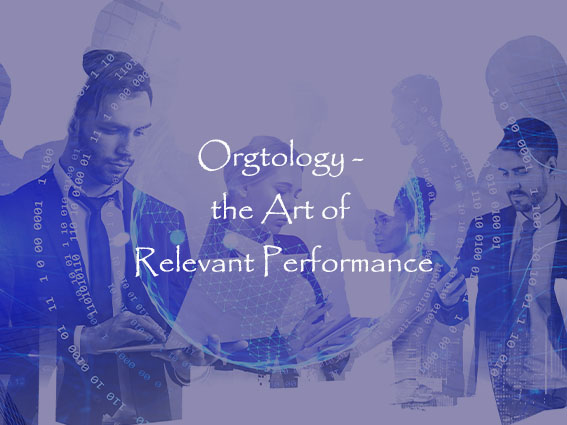
Join the Orgtologist Certification Program (OCP) - Empowering Executive Teams Worldwide
Copyright
© 2019-08-24: CFT Hendrikz
When you subscribe to the blog, we will send you an e-mail when there are new updates on the site so you wouldn't miss them.


